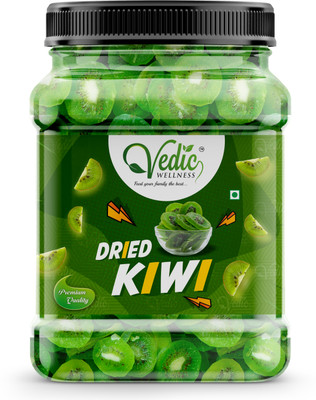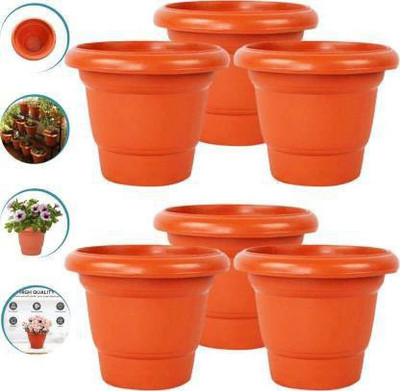
LIVE GREEN MUSCARI IMPORTED FLOWER BULB, 100% GERMINETION (PACK OF 10 BULBS) Seed (10 per packet)
Price: Not Available
Currently Unavailable
Warranty
NO
Highlights
- Seed Type: Flower
- Suitable For: Outdoor
- Organic Plant Seed
- Seed For: MUSCARI IMPORTED FLOWER BULB, 100% GERMINETION (PACK OF 10 BULBS)
- Flowering Plant
- Quantity: 10 per packet
Description
The genus Muscari originated in the Old World, including the Mediterranean basin, central and southern Europe, northern Africa, western, central and south-western Asia. It has become naturalized elsewhere, including northern Europe and the United States.Brian Mathew says that many species of grape hyacinths, including not only Muscari but also the related Leopoldia and Pseudomuscari, are difficult to distinguish.They usually have one or more narrow leaves which arise from a bulb. The flowers appear in the spring and form a spike or raceme, being held in a close or loose spiral around a central stalk. The flowers often become less tightly spaced as the flower matures. The flower colour varies from pale blue to a very dark blue, almost black in some cases (albino forms are also known). In some species the upper flowers may be of a different colour and shape to the lower flowers. Individual flowers are composed of six fused tepals forming a spherical to obovoid shape, constricted at the end to form a mouth around which the ends of the tepals show as small lobes or "teeth", which may be of a different colour to the rest of the tepal. Muscari are also known as grape hyacinths. Thes are a group of plants in the genus (Muscari) of plants native to Eurasia. Mature Height: 8-10". Months of Bloom: Mid Spring. Blue Grape Hyacinth or Muscari Mixed Pac Love the fragrance of hyacinth but looking for something a little more subtle? Try these! The Muscari armeniacum or Grape Hyacinth is a vibrant purple flower, resembling small tightly-packed grape clusters. Blooming in mid-spring, the Grape Hyacinth works great for borders and won't be eaten by four-legged visitors! Try this mixed Pack and discover how great these flowers.Muscari is a genus of perennial bulbous plants native to Eurasia that produce spikes of dense, most commonly blue, urn-shaped flowers resembling bunches of grapes in the spring. The common name for the genus is grape hyacinth.
Read More
Specifications
In The Box
|
General
| Brand |
|
| Model Name |
|
| Quantity |
|
| Common Name |
|
| Flowering Plant |
|
| Suitable For |
|
| Type of Seed |
|
| Organic |
|
| Family |
|
| Scientific Name |
|
| Uses |
|
| Soil Nutrient Requirements |
|
| Sowing Method |
|
| Net Quantity |
|
Additional Features
| Care Instructions |
|
| Other Features |
|
Warranty
| Warranty Summary |
|
| Service Type |
|
| Covered in Warranty |
|
| Not Covered in Warranty |
|
Ratings & Reviews
2.5
★
26 Ratings &
3 Reviews
- 5★
- 4★
- 3★
- 2★
- 1★
- 6
- 2
- 3
- 4
- 11
1
Worthless
very small seeds
READ MOREFlipkart Customer
Certified Buyer, Bhikhi
Oct, 2021
0
0
Report Abuse
1
Horrible
Not a single germinated
READ MOREFlipkart Customer
Certified Buyer, Shujalpur
Oct, 2020
0
0
Report Abuse
Questions and Answers
Q:Seasonal hai ya 12 months flower hai
A:12 plant rahega , but flower season mai hoga
SeedMart
Flipkart Seller0
0
Report Abuse
Q:Is it seeds or bulbs?
A:BULBS
DRGREEN
Flipkart Seller0
0
Report Abuse
Didn't get the right answer you were looking for
Safe and Secure Payments.Easy returns.100% Authentic products.
Back to top








